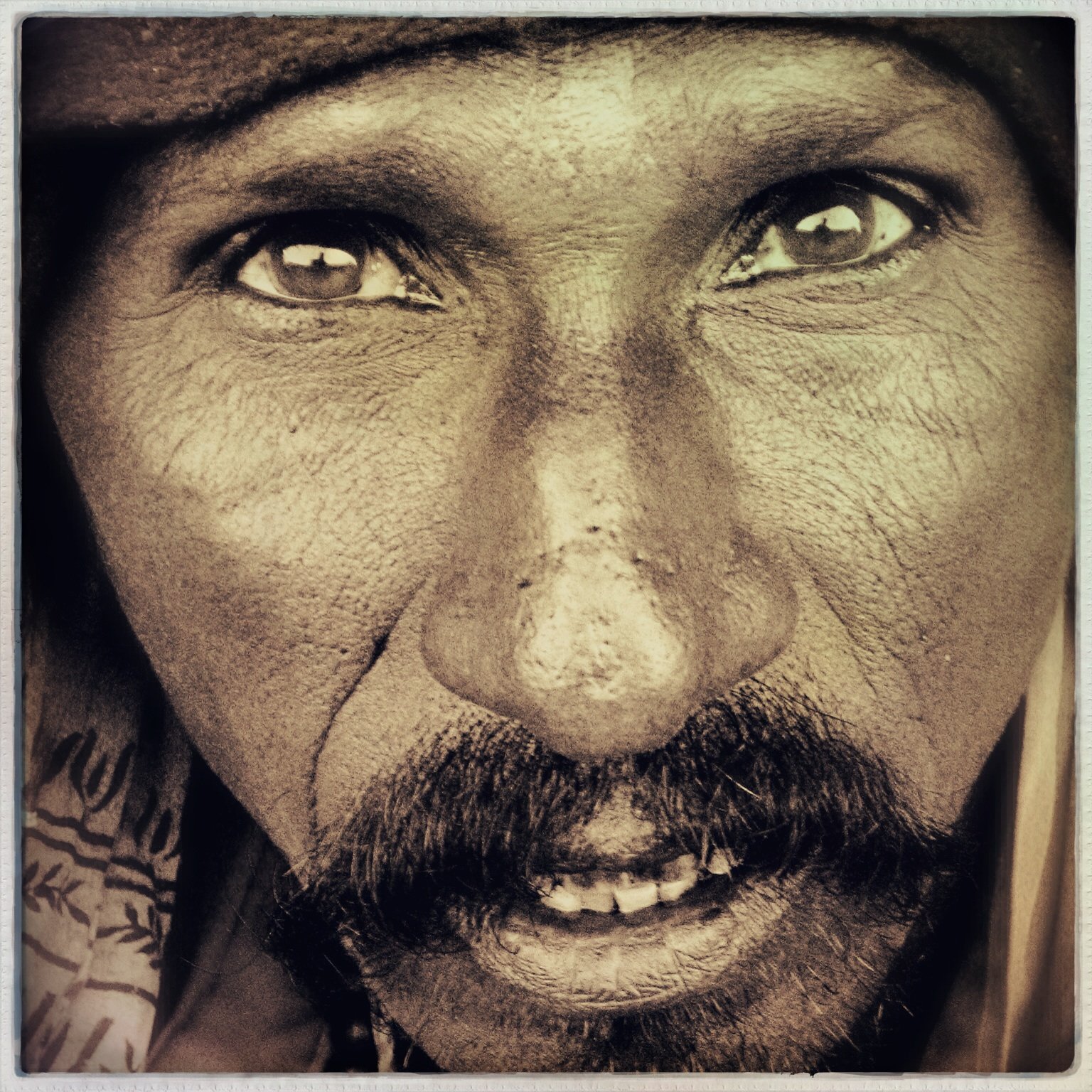

This newfound portrait availability created a vibrant new industry by 1850 every major U.S. Figurer 3: Post-mortem, unidentified young girl, George Eastman House Similarly, elderly loved ones that passed away might never have had a portrait made while living, so a post-mortem portrait would have served as a sole tangible remembrance. Given the high child mortality rate in the 1800’s, for many families the only opportunity to remember a child lost early in life might be a post-mortem portrait (a modern approach to this sad event is the remembrance service, Now I Lay Me Down to Sleep, or MILMDTS).

This led to a corollary concept, somewhat foreign to our current sensibilities, that of the post-mortem portrait. Figure 2: Unidentified bride, Southworth & Hawes, George Eastman HouseĪs such, portraits still remained precious and rare investments for many people, they might expect to have only one portrait ever made in their lives. In 1840, a daguerreotype cost about $30, the equivalent of three or more months’ wages for the average person. While a daguerreotype could now be made in a much quicker timeframe than a painted portrait, and at a much lower cost, it remained a relatively expensive proposition. With portrait photography now a practical option, there was an explosion in consumer interest in the mid-1850’s, reflecting a pent-up demand that the daguerreotype, calotype, and the later wet and dry collodion processes could address. These improvements permitted exposure times of 10-60 seconds, short enough to contemplate portrait work. But by 1841, chemical advances had yielded more sensitive plates, and Voigtlander, of Austria, had developed the Petzval lens, which was 20 times more light sensitive, or faster, than existing lenses. When the daguerreotype process was first made public in 1839, the low light sensitivity of the plates dictated exposure times of about 15 minutes, limiting its use to still life or landscape subjects no human subject could hold still enough for such a long exposure. In the 1700-1800’s, a wider audience was reached with shadow pictures, or silhouettes while these images only offered profiles of the subjects, they required less skill and time to make.
#Portraits photography full
In the 1500-1800’s, this was addressed by painted miniatures, to be displayed in a locket or small cased frame the smaller image did not demand the greater artistic skill of a full sized portrait and could be completed much more quickly.
#Portraits photography free
The rare skills of the artist making the portrait, the free time required for the subject to sit for the portrait, and the relatively long time required to complete a portrait combined to limit portrait subjects to those with considerable wealth and/or social station. Figure 1: Rev Rollin Heber Neal, c1850, Southworth & Hawes, George Eastman Houseīefore the advent of photography it was prohibitively expensive for the average person to have a likeness, or portrait made. While modern cellphone cameras and prolific social media venues have made portrait making and sharing an almost trivial undertaking today, the easy access to portraits of friends, family, and self we enjoy is the result of years of technical and aesthetic development in the field of photography. This need to record and hold dear memories is not a new one throughout history, we have attempted to record ourselves and others by the best means available, via cave drawings, hieroglyphics, paintings, sculpture, and in the past 200 years, through photography. Baby pictures, graduation pictures, wedding photos, senior portraits, party snapshots, and even cellphone “selfies” all share a common theme – a desire to capture moments that hold personal significance, generally of loved ones, family, friends, and self.


 0 kommentar(er)
0 kommentar(er)
